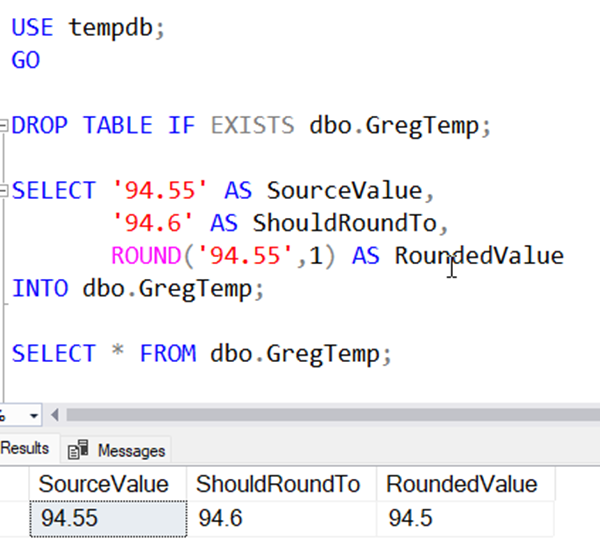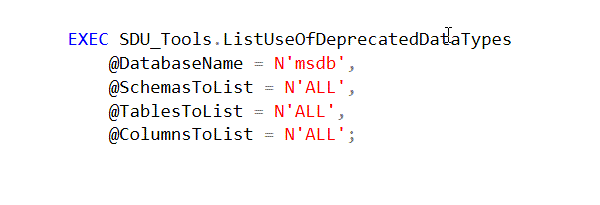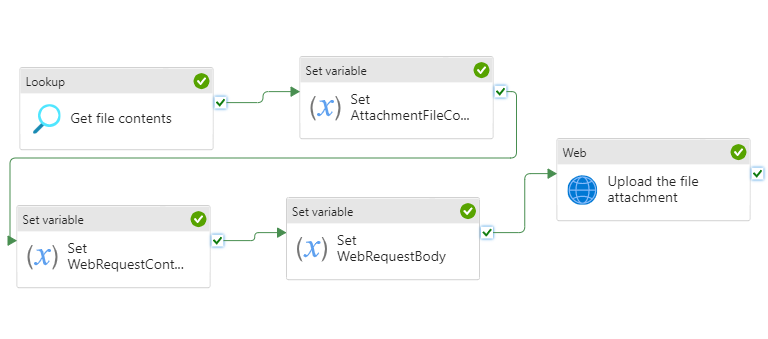
Happy Birthday Windows Server (the artist previously known as Windows NT) !
On July 27th 1993, Microsoft released Windows NT, the forerunner to the versions of Windows we use today, particularly the server versions.
If you’re old enough, one thing you’d remember about this event is how signficant it was. At the time, if you wanted a server-based operating system on a PC, you didn’t have that many choices. We were predominantly using variants of Unix, most commonly Xenix.
Importantly, most other server systems were largely text-based. With Windows NT, Microsoft brought the power of a graphical interface to mass market server operating systems.
2023-07-27










